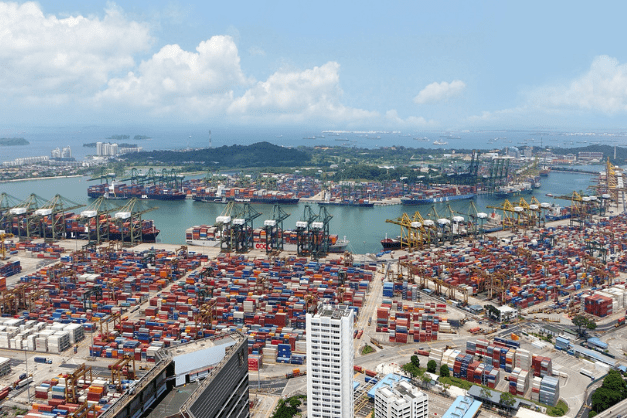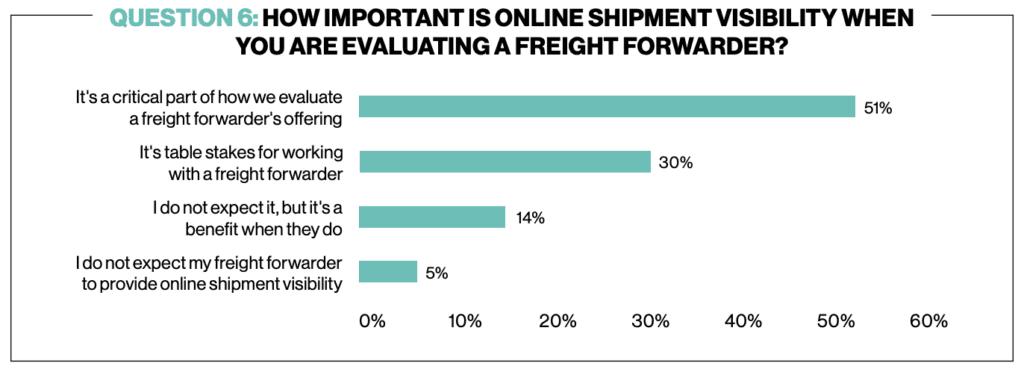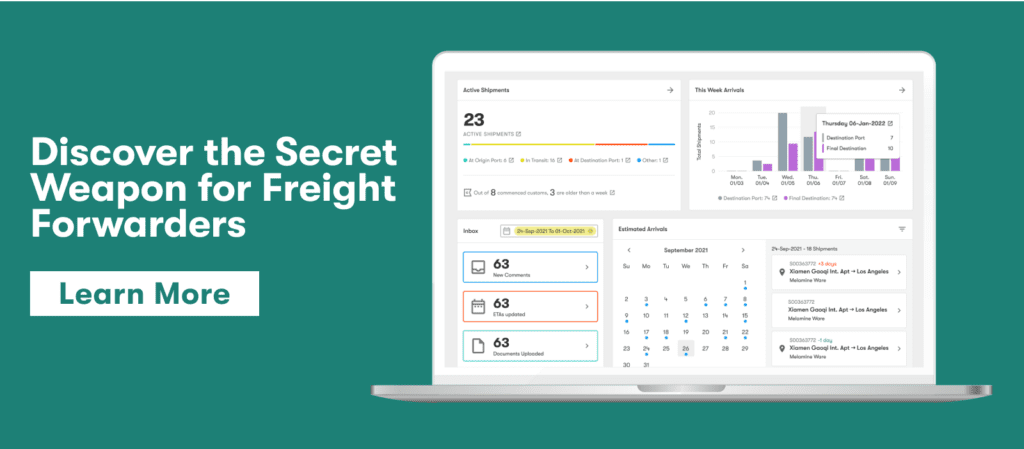In this article
Flexport was founded in 2013 and within a decade has grown to become one of the largest freight forwarders in the world. In an industry that has been slow to adopt technology and innovation, they stood out amongst their competition. But is that what they attribute their success to? Being different?
In a McKinsey & Company interview, Flexport COO Sanne Manders attributes their success to being customer-centric and focusing on the experience of all parties that interact with their company.
“I’d say it’s the culture; we’re truly customer obsessed,” said Manders.
Flexport’s secret sauce isn’t only not very secret, but it’s now attainable by traditional forwarders aiming to level the playing field – with the help of the right partners and solutions.
Flexport’s Strategy
Digital freight forwarders have presented themselves as the providers of significantly improved and superior customer experiences, compared to traditional forwarders. They have leaned into this narrative by diving head first into the digitization of the industry with online platforms, automation, and reduction of manual communication.
For Flexport, this was reflected in their strategies to provide differentiating value-adds for their customers, all revolving around customer experience. They offer a dashboard to give shippers more control over their shipments with heightened visibility. Their desired result is the added value for their customers of data integrity, milestone accuracy, and a more predictable supply chain as a result of this online access to information.
Flexport’s dashboard gives customers access to metrics and views of historical data that inform their supply chain decision-making. They also help add value to customers with “real-time problem solving and support by real human beings with expertise across the various facets of global shipping,” according to their company website.
Although some have said their customer service lacks a personal touch, they clearly have a powerful strategy with their quick rise to prominence in the industry and $8 billion valuation. But they aren’t offering anything that is unreachable by traditional forwarders.
Fighting Back
It’s no secret that traditional freight forwarding companies have prioritized making the experience and service that their customers receive as helpful, painless, and positive as possible. The needed shift from a focus on customer service to customer experience is about making customers’ lives even better by reducing friction and adding automation – and digital partners can help with that transformation.
Superior Visibility for Customers
Dedicating special attention to the visibility you offer will directly impact the value you bring to returning and prospective customers. A recent shipper survey found that 81% of customers ranked shipment visibility as “table stakes” for evaluating a freight forwarder, with a resounding 51% taking it another step further by describing it as “critical.”
This addition of value can look like customer access to online visibility data, live vessel tracking, extended looks into granular data (like customs statuses and PGA holds/exams), and automatic updates to customers if exceptions arise.
Customer Access to Analytics
Creating accurate tracking, analytics reports, and strategic visualizations of data to guide your customer’s supply chain decisions will lead to trust, reduced churn, and sales enablement of glowing testimonies to use with prospective customers.
Logixboard offers all of this to your customers in a packaged platform that is white-labeled, integrates seamlessly into your TMS, and is ready to be used in three weeks.
Having a customer experience layer in your tech stack differentiates your business from traditional freight forwarders and diminishes any competitive edge that digital forwarders may have had beforehand. Internally, the benefits of a customer experience layer in your stack will prove to support the overall success of your company in other ways – through efficiency and productivity. Spending less time on manual, repetitive efforts will give time back to your team for high-value tasks that can lead to continued strategies to differentiate yourself against competitors.
The Winning Formula
Traditional forwarders bring additional strength with their industry relationships, logistics management experience, and teams of expert operations members. The critical missing piece is a digital customer experience.
While digital forwarders can boast successful funding and capital to maintain their technology, the right digital partner will be focused on innovating and funding their own software – neutralizing any unlevel playing fields for traditional forwards to compete and win.
The next step is for traditional freight forwarders to integrate that missing piece… and get saucy.


